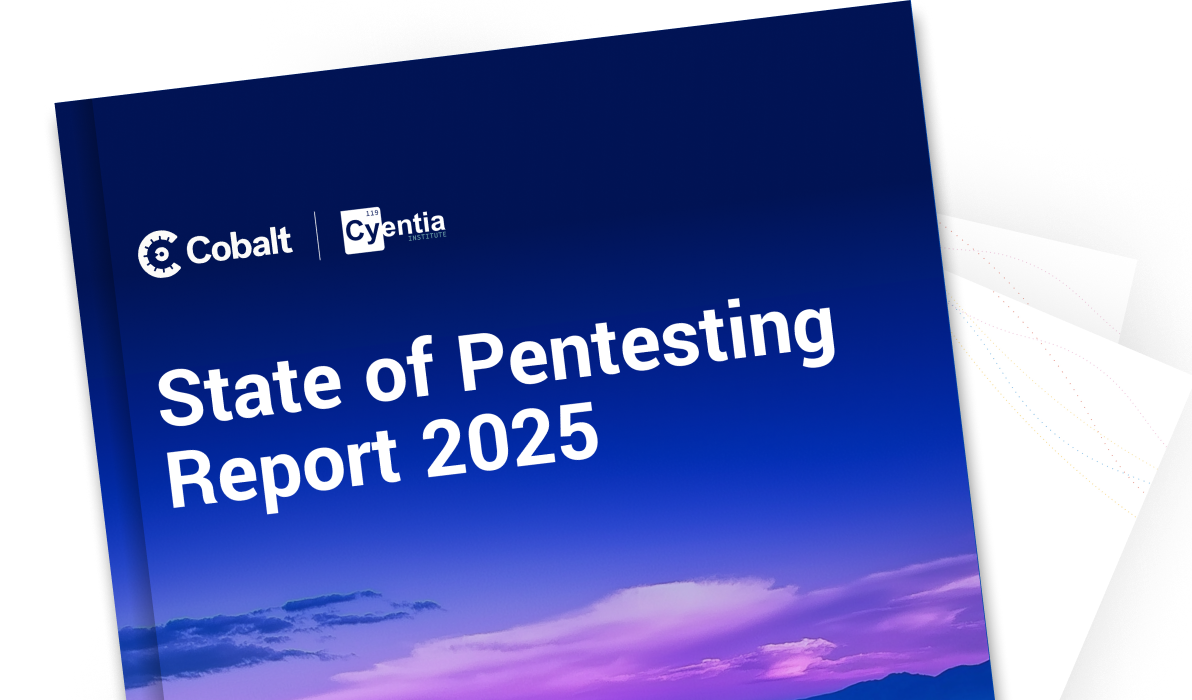Many organizations approach pentesting with a reactive, ad hoc mindset, conducting tests only when a specific need arises, such as end-of-year compliance, before a product launch, or after a security incident. While this may be sufficient in the short term, this approach misses the opportunity for a more strategic use of pentesting to ensure the effectiveness of your defensive controls.
Rather than relying on one-off testing, we recommend a programmatic approach to maintain a strong security posture by assessing the effectiveness of your security controls in a way that really counts. A structured program ensures consistent and regular assessments of your systems, whether that’s mobile applications, network, physical location, AI & LLM applications, or anything else in between. This approach allows organizations to easily track testing frequency, maintain a comprehensive inventory of assets, document findings, and keep detailed records of past tests. Furthermore, a strategic, organized approach to pentesting delivers predictable findings, empowers teams to meet remediation SLAs, and supports informed budget planning.
While managing such a program internally can be resource-intensive, partnering with a pentest provider such as Cobalt streamlines the process. We handle the program’s logistics, from scheduling pentests to scoping to delivering actionable findings, freeing up internal teams to focus on remediation.
We spoke with Jay Wilson, the CIO and CISO at Insurity, about why pentesting is a strategic need for your business. “You want to bring in an organization that is providing you value, and that value is associated with finding some things that you need to fix, making sure your software is secure, but also doing it in a way that is wrapped around your business needs,” states Jay. Check out what else Jay had to say about their partnership with Cobalt.
Want to learn more about how Insurity scaled its pentesting program with Cobalt? Read the full case study, featuring Adam Davis, Director of Application Security at Insurity.







